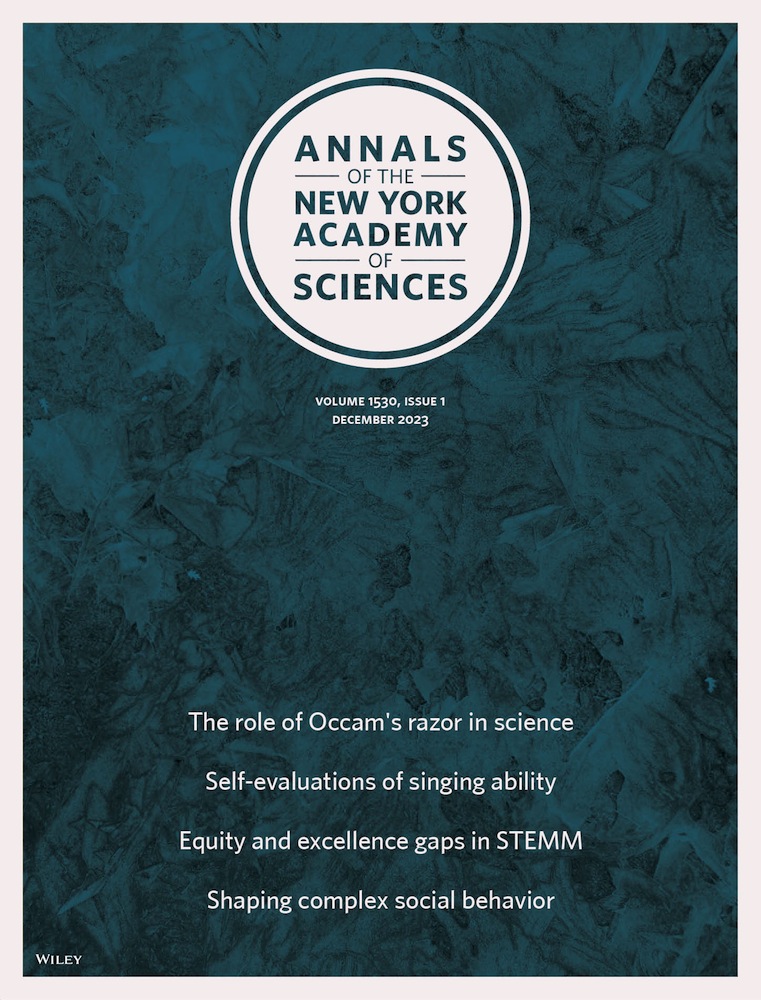早期脊椎动物发育过程中抑制性染色质的再生
IF 4.8
3区 综合性期刊
Q1 MULTIDISCIPLINARY SCIENCES
引用次数: 0
摘要
受精后,配子特异性染色质配置必须重置,以允许能够驱动生物体发育的胚胎特异性染色质景观的再生。在早期细胞分裂期间,胚胎染色质的重建需要在基因组中重新描述转录允许和抑制染色质状态。这篇综述总结了我们目前对脊椎动物胚胎发生过程中抑制染色质状态如何再生的理解。我们强调了物种之间的共同和不同特征,强调了小鼠和斑马鱼模型的良好特征。本文章由计算机程序翻译,如有差异,请以英文原文为准。


The rebirth of repressive chromatin during early vertebrate development
Following fertilization, gamete-specific chromatin configurations must be reset to allow for the rebirth of an embryo-specific chromatin landscape capable of driving organismal development. During early cell divisions, the rebuilding of embryonic chromatin requires the renewed delineation of transcriptionally permissive and repressive chromatin states across the genome. This review summarizes our current understanding of how repressive chromatin states are reborn during vertebrate embryogenesis. We highlight both shared and divergent features across species, emphasizing well-characterized mouse and zebrafish models.
求助全文
通过发布文献求助,成功后即可免费获取论文全文。
去求助
来源期刊

Annals of the New York Academy of Sciences
综合性期刊-综合性期刊
CiteScore
11.00
自引率
1.90%
发文量
193
审稿时长
2-4 weeks
期刊介绍:
Published on behalf of the New York Academy of Sciences, Annals of the New York Academy of Sciences provides multidisciplinary perspectives on research of current scientific interest with far-reaching implications for the wider scientific community and society at large. Each special issue assembles the best thinking of key contributors to a field of investigation at a time when emerging developments offer the promise of new insight. Individually themed, Annals special issues stimulate new ways to think about science by providing a neutral forum for discourse—within and across many institutions and fields.
 求助内容:
求助内容: 应助结果提醒方式:
应助结果提醒方式:


